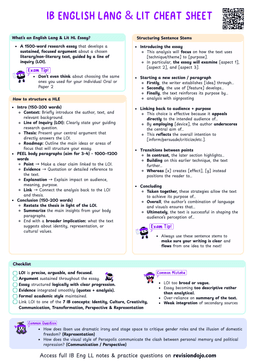Juxtaposition, Paradox, and Friends
- Writers often put contrasting ideas side by side.
- Believe it or not it's not to confuse you, but to make you think more deeply.
- These techniques create tension, highlight inner conflict, or expose how ideas and emotions can coexist, even when they seem to clash.
These devices underscore complex themes by forcing readers to hold conflicting ideas together.
Why Writers Use These Devices
- Paradox makes you stop and think. It reveals the complexity of ideas like freedom, love, or truth.
- Juxtaposition draws your eye to contrast, like old vs. new, rich vs. poor, calm vs. chaos.
- Oxymoron adds punch. Two opposite words create tension in just two beats.
- Antithesis brings balance to contrast. It’s a neat way to say: here’s one extreme, and here’s the other.
Paradox
Paradox
A statement that seems self-contradictory or impossible, but reveals a deeper truth or insight.
- Paradoxes catch the you off guard because they don’t seem to make sense at first.
- But once you think deeper, they expose internal conflict, emotional complexity, or uncomfortable truths.
- Writers often use paradox to highlight how characters feel torn or trapped.
(Taylor Swift, "The Archer"): "I've been the archer, I've been the prey."
- This lyric is a paradox because someone can't logically be both the hunter and the hunted at the same time.
- But emotionally, it makes sense: she’s been both the one who causes pain and the one who gets hurt.
- It reveals the duality of guilt and vulnerability, how someone can be both strong and fragile, both in control and powerless.
Juxtaposition
Juxtaposition
When two contrasting elements are placed side by side to highlight their differences or create tension.
- Writers use juxtaposition to sharpen contrast, between rich and poor, innocence and cruelty, chaos and calm.
- The side-by-side placement forces you to notice the gap.


